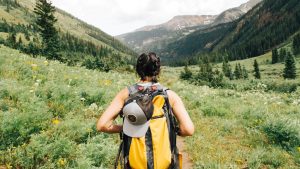Embarking on a hiking adventure is a thrilling and transformative experience that allows you to escape the hustle and bustle of daily life, immerse yourself in nature’s wonders, and push your physical and mental limits. To ensure a successful, comfortable, and safe journey, it’s paramount to equip yourself with the right gear. In this comprehensive guide, we will delve deep into the must-have gear items that every hiker should consider carrying in their backpack. From selecting the perfect footwear to confidently navigating uncharted trails, and from staying hydrated and prepared for any situation to optimizing your overall hiking experience, these essential items will elevate your outdoor escapades to new heights of enjoyment and fulfillment.
Proper Footwear
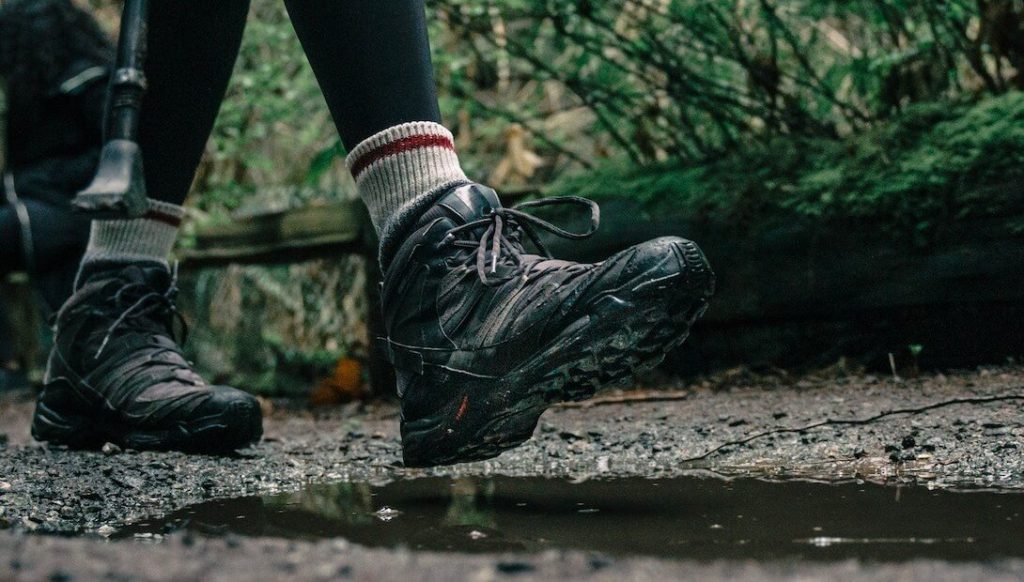
When it comes to hiking, the right footwear can make all the difference between an enjoyable trek and a painful ordeal. Invest in a pair of hiking boots or shoes that provide ankle support, traction, and durability. Look for boots with a stiff midsole to prevent foot fatigue and protect against rocks and uneven terrain. Opt for waterproof or water-resistant materials to keep your feet dry in wet conditions. Ensure a proper fit by trying on different styles and brands, and consider wearing moisture-wicking socks to prevent blisters.
Backpacks
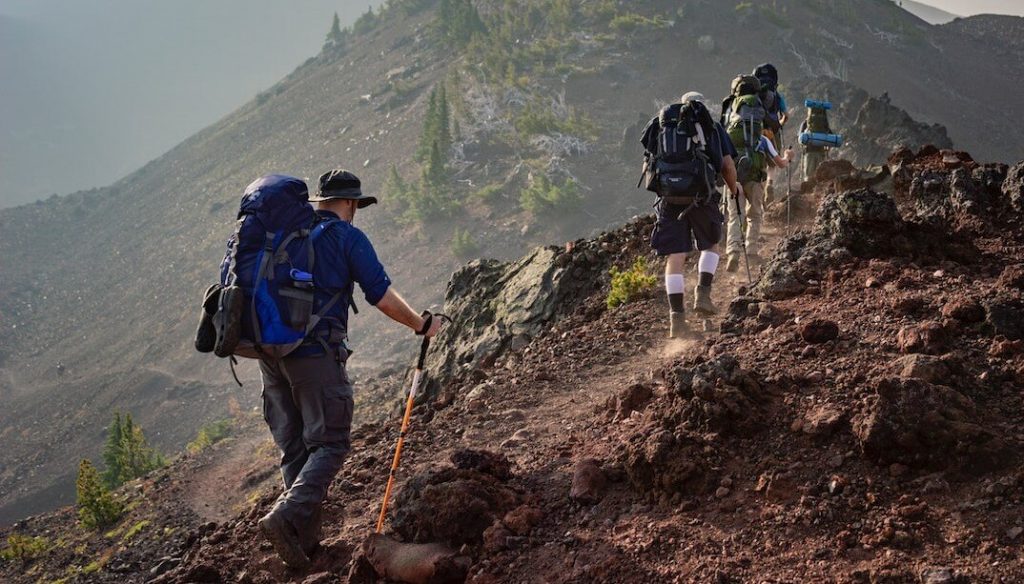
A reliable backpack is an essential companion for any hiker. Look for a backpack that suits your needs in terms of size, weight, and features. Opt for a pack with adjustable shoulder, chest, and hip straps for a customized fit and to distribute weight evenly. Look for padded back support and breathable materials to enhance comfort during long hikes. Compartments and pockets allow for efficient organization of your gear, with easy access to essentials like water bottles, snacks, and a rain jacket. Consider the capacity based on the length of your trips, ensuring it can accommodate all your essentials without being overly burdensome.
Clothing Layers

Weather conditions can change rapidly during a hike, so dressing in layers is essential for comfort and adaptability. Start with a moisture-wicking base layer made of materials like merino wool or synthetic blends to keep sweat away from your body and regulate temperature. Add insulating mid-layers like a fleece jacket or a down vest for warmth in cooler temperatures. Top it off with a waterproof and breathable outer shell to protect against wind and rain. Look for jackets with adjustable hoods, cuffs, and hem to seal out the elements. Don’t forget to pack extra pairs of socks made of moisture-wicking materials to keep your feet dry and comfortable throughout the hike.
Navigation Tools
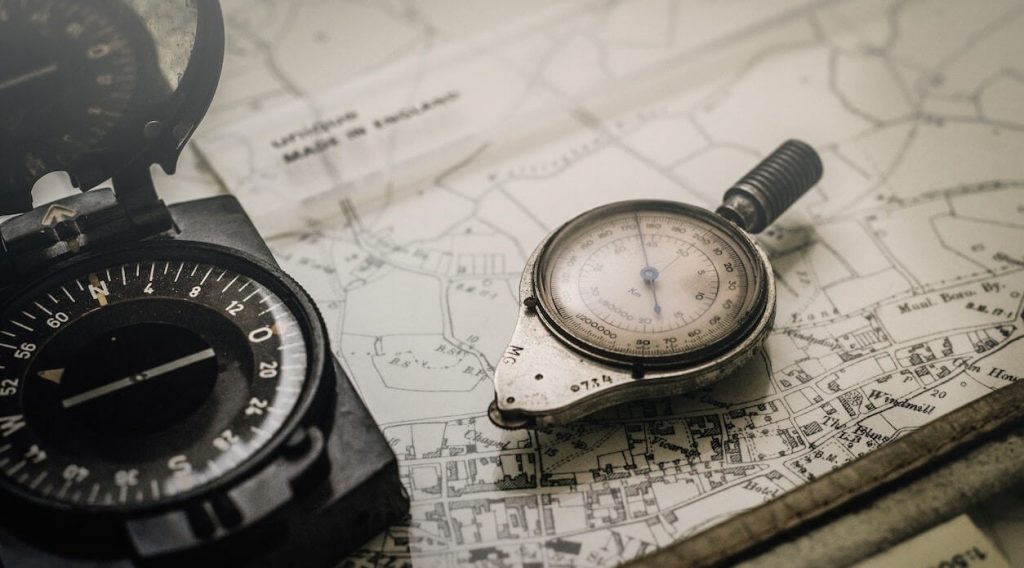
When exploring unfamiliar trails, having reliable navigation tools is crucial for staying on course and avoiding unnecessary detours. Carry a detailed topographic map of the area you’ll be hiking in, as it provides valuable information about the terrain, elevation changes, and points of interest. Pair the map with a compass to orient yourself and determine your direction of travel. Learn basic map-reading and compass-navigation skills to confidently navigate through different types of landscapes. Additionally, consider using a GPS device or smartphone app with offline maps as a backup. Ensure your devices are fully charged and carry extra batteries or a portable charger to extend their usage.
Hydration Systems
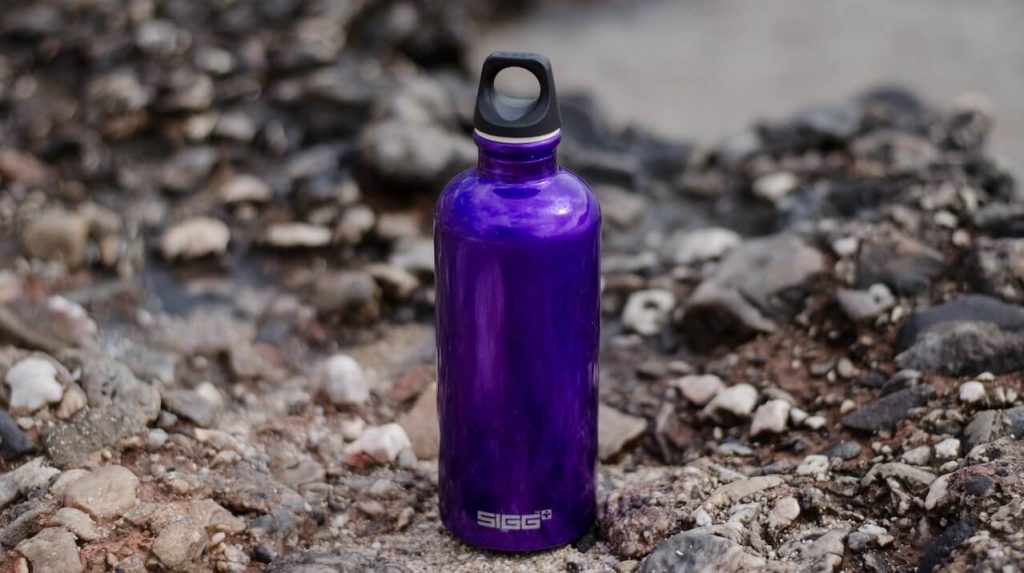
Proper hydration is essential during hikes to maintain your energy levels and prevent dehydration. Invest in a high-quality water bottle or hydration bladder that is durable, leak-proof, and easy to use. Look for bottles with insulation to keep your water cool in hot weather. Consider the capacity based on the length of your hikes and the availability of water sources along the trail. In areas where water sources are scarce, plan ahead and carry enough water to sustain you throughout the hike. Additionally, water filters or purification tablets can be useful for treating water from natural sources, such as streams or lakes, if necessary.
First Aid Kits
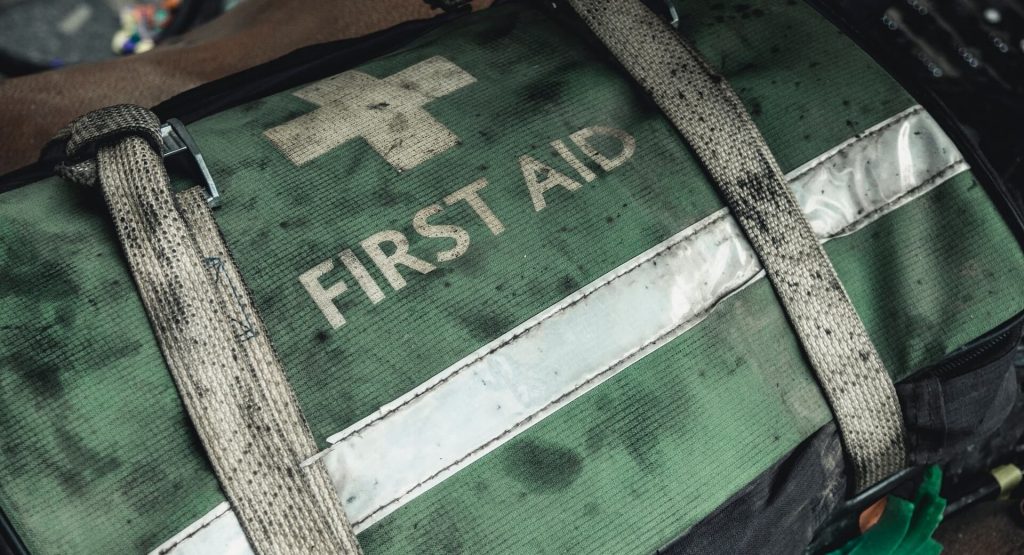
Accidents and injuries can happen, even on well-traveled trails, so it’s crucial to carry a well-stocked first aid kit. Include items such as adhesive bandages in various sizes, sterile gauze pads, antiseptic wipes, blister treatment, tweezers, scissors, pain relievers, and any personal medications. Familiarize yourself with basic first aid procedures to handle common hiking-related injuries, such as cuts, scrapes, blisters, sprains, and insect bites. Consider taking a first aid course or carrying a wilderness first aid guidebook for additional knowledge and preparedness.
Lighting the Way
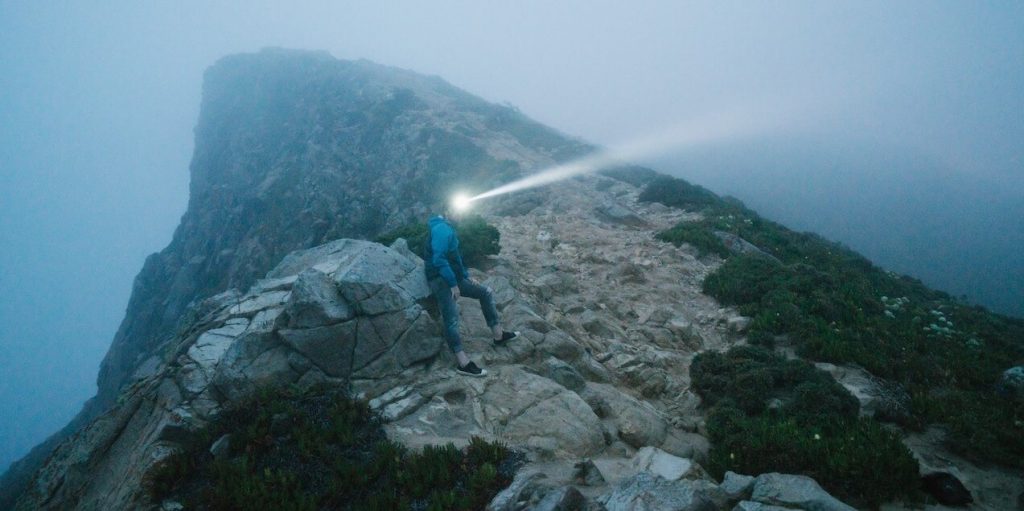
If you plan on hiking during low-light conditions or overnight, a reliable light source is essential for safety and visibility. Invest in a quality headlamp or flashlight with adjustable brightness settings and long battery life. Look for lightweight options that won’t add unnecessary weight to your backpack. LED lights are recommended for their energy efficiency and durability. Pack extra batteries or consider a rechargeable headlamp to ensure your light source doesn’t fail you in the darkness. Test your light source before the hike to ensure it’s in working condition.
Accessories for Comfort
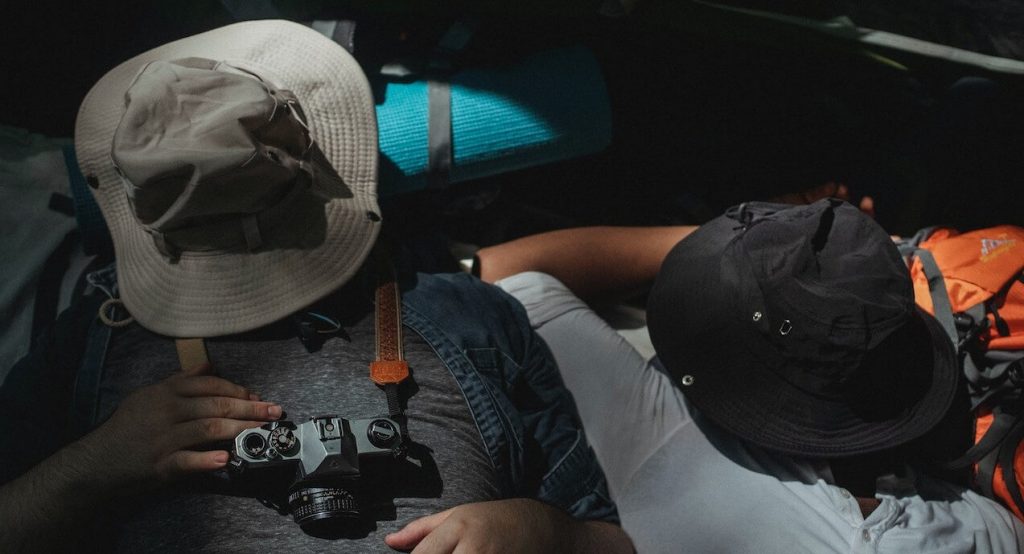
Certain accessories can significantly improve your comfort and convenience on the trails. Trekking poles provide stability, reduce stress on your joints, and assist with balance, especially during steep ascents or descents. Look for poles with adjustable height settings and comfortable grips. Gaiters are useful for keeping debris, such as rocks, sand, or snow, out of your shoes and socks. Opt for waterproof or water-resistant gaiters, depending on the conditions you’ll be hiking in. Additionally, consider wearing a hat and sunglasses to protect yourself from the sun’s harmful rays. Choose a hat with a wide brim to shade your face and neck, and select sunglasses with UV protection and a snug fit.
Conclusion
As you eagerly prepare for your next exhilarating hiking expedition, remember that the right gear can truly make or break your adventure. The must-have gear items discussed in this article, including the importance of proper footwear, the essential qualities of a reliable backpack, the significance of versatile clothing layers, the power of navigation tools, the crucial role of hydration systems, the indispensability of first aid kits, the value of reliable lighting, and the comfort-enhancing accessories, are all instrumental in ensuring an extraordinary hiking experience. By investing in high-quality gear, gaining knowledge of its optimal usage, and wholeheartedly embracing the spirit of exploration, you can embark on your outdoor journeys with confidence, resilience, and an unwavering sense of wonder. So gear up, embrace the call of the wild, and allow the breathtaking beauty of nature to unfold before you as you forge unforgettable memories on the trails. Happy hiking!



